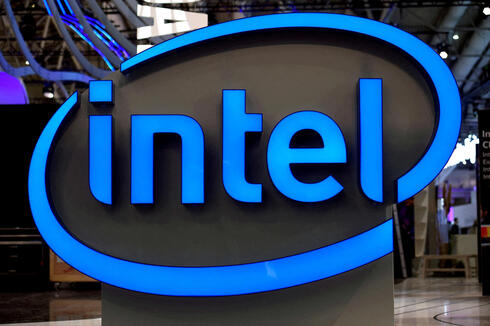
“I’m committed to Intel foundry”: New CEO vows turnaround as customers test next-gen chipmaking process
Lip-Bu Tan says he's all in on contract chipmaking as company courts clients with 14A process.
Intel said on Tuesday that several of its contract manufacturing customers plan to build test chips using a forthcoming advanced manufacturing process that is still under development.
The embattled chipmaker indicated it had received strong interest from customers attending its Direct Connect conference for its foundry, or contract chipmaking, business. Intel’s attempt to build a competitive foundry unit has faced several setbacks, but the company’s long-term goal remains to rival industry leader TSMC.
Upon assuming the CEO role in March, Lip-Bu Tan pledged to reshape Intel. In his first public remarks, he asked customers to be “brutally honest” in delivering feedback. A key part of his strategy is to overhaul Intel’s foundry operations.
Speaking at the San Jose, California event on Tuesday, Tan addressed a recurring question he has received in the five weeks since taking the helm: whether he plans to stay committed to the foundry business.
“The answer is yes,” Tan said. “I’m committed to making Intel Foundry successful, and I know there are areas we need to improve.”
Intel plans to introduce a new type of advanced chipmaking equipment known as high-NA EUV (Extreme Ultraviolet) lithography machines as part of its upcoming 14A manufacturing node, which also includes a novel technology for power delivery.
The high-NA EUV machines are expected to reduce the number of steps required in chip production—potentially boosting efficiency—but also involve technical and operational risks. However, Intel Foundry’s technology chief, Naga Chandrasekaran, emphasized that customers will still be able to use older, more mature production tools and won’t be required to alter their existing chip designs.
Intel’s decision to adopt high-NA EUV represents a strategic reversal from one of its missteps in the 2010s, when it declined to embrace an earlier generation of EUV tools. In contrast, TSMC advanced aggressively with the technology. TSMC has not yet disclosed when it will implement high-NA EUV for mass production.
Intel also announced it had distributed an early version of its digital design kit—a critical tool used to convert a chip blueprint into functional silicon—to customers, marking a key step toward supporting the new process.
Related articles:
Chandrasekaran acknowledged that Intel’s current 18A process—an earlier advanced node—has experienced “ups and downs,” as is typical with new technologies, but said the team continues to make steady progress.
He forecast that Intel would be able to serve customers with high-volume production on 18A in the second half of 2025.
Chipmakers typically produce test chips to evaluate a new manufacturing process before committing to full designs, which are more costly and risky. Broadcom and Nvidia have already conducted test runs using Intel’s 18A process, Reuters reported in March.
Intel plans to begin initial 18A production at its research and development facility in Hillsboro, Oregon. Additional capacity will come online this year at its manufacturing sites in Arizona, the company said.
